


Elevating Your Culinary Experience
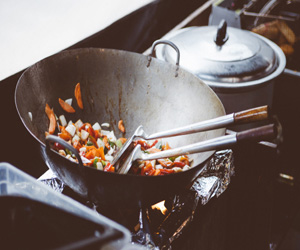
In today's fast-paced world, it's easy to find oneself overwhelmed with work, family, and other daily commitments. Cooking often becomes a chore that we just don't have the time or energy for. However, there's a culinary solution that promises delightful flavors and minimal stress - simplified cooking. This approach to food preparation not only saves time but also opens the door to a world of delicious, homemade meals that anyone can master.
Simplified cooking isn't about sacrificing taste or nutrition; it's about finding creative ways to streamline the cooking process. Here's why you should consider embracing this approach:
Time Efficiency: One of the most significant benefits of simplified cooking is the time it saves. By using shortcuts, pre-prepped ingredients, and easy-to-follow recipes, you can have a tasty meal on the table in no time. This is particularly valuable for busy individuals and families with packed schedules.
Minimal Ingredients: Simplified cooking often relies on a shorter list of ingredients. You don't need a pantry full of exotic spices and specialty items. Instead, you can create flavorful dishes with basic staples, reducing both cost and clutter in your kitchen.
Easy Cleanup: With fewer pots, pans, and utensils involved, cleanup becomes a breeze. Many simplified recipes are designed for one-pot cooking, reducing the time spent on dishwashing and kitchen tidying.
Versatility: Simplified cooking doesn't mean boring or repetitive meals. With some creativity, you can adapt simple recipes to your tastes by adding or substituting ingredients. This flexibility encourages experimentation and the discovery of new favorite dishes.
Health Benefits: Many simplified cooking techniques emphasize fresh, whole ingredients. You'll have better control over what goes into your meals, making it easier to create nutritious options that fit your dietary preferences.
To get started with simplified cooking, consider these tips:
Plan Ahead: Take a few minutes to plan your meals for the week. This not only saves time but also helps you make healthier choices. Prepping ingredients in advance can be a game-changer.
Invest In Basic Kitchen Tools: While you don't need a cluttered kitchen, having a few essential tools like a sharp knife, cutting board, and a good-quality pot or pan will make your cooking more efficient.
Learn One-Pot Wonders: There's a vast world of one-pot recipes waiting to be explored. From hearty stews to pasta dishes and stir-fries, these meals are quick, delicious, and easy to clean up after.
Experiment And Have Fun: Simplified cooking doesn't mean you have to stick to the same old recipes. Be adventurous, try new ingredients, and adapt recipes to suit your taste.
Simplified cooking is a game-changer for busy individuals and families. It offers a way to enjoy delicious, homemade meals without the stress and time commitment of traditional cooking. By embracing this approach and making it your own, you'll find that the joy of preparing and sharing meals is fully accessible, no matter how hectic your life may be. So, get in the kitchen, simplify your approach, and savor the delightful flavors that await you.


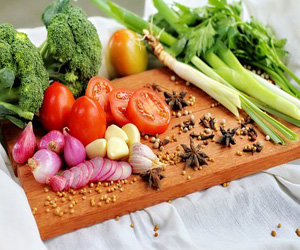
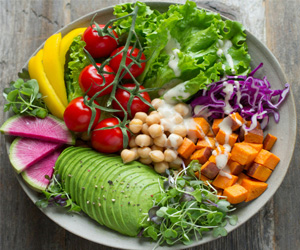
 The Art Of Espresso Brewing
The Art Of Espresso Brewing
Brewing the perfect espresso shot is an art that combines precise science and skillful craftsmanship. Several elements must come together harmoniously to create this iconic beverage:
Coffee Beans: The choice of coffee beans is the first crucial step. High-quality beans, often a blend of Arabica and Robusta, are meticulously selected for their flavor profiles. These beans are typically roasted to perfection, ensuring a balance of sweetness, acidity, and bitterness.
Grind Size: The grind size must be tailored to the specific espresso machine. A fine grind is essential for espresso preparation, allowing for optimal extraction.
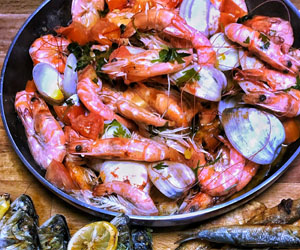 3. Slow Cooking: Slow cooking is a hallmark of Mediterranean cuisine. Stews and braised dishes are prepared with patience and love, allowing flavors to meld together harmoniously. Iconic dishes like Italian Osso Buco, Greek stifado, and Moroccan tagine exemplify the art of slow cooking.
3. Slow Cooking: Slow cooking is a hallmark of Mediterranean cuisine. Stews and braised dishes are prepared with patience and love, allowing flavors to meld together harmoniously. Iconic dishes like Italian Osso Buco, Greek stifado, and Moroccan tagine exemplify the art of slow cooking.
4. Seasoning With Fresh Herbs: Mediterranean cooking methods emphasize the use of fresh herbs like basil, oregano, thyme, and rosemary. These herbs not only infuse dishes with an aromatic depth but also contribute to the health benefits of the Mediterranean diet.
5. Baking And Gratin: Baking is prevalent in Mediterranean cooking, especially for making bread and pastries. Flatbreads like pita and focaccia are baked to perfection. Gratin dishes, like the famous Greek moussaka, are layered with ingredients and baked to create a golden, bubbling delight.
From Kitchen To Plate
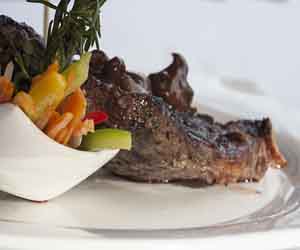 Nurturing Ingredients: The choice of ingredients can be a powerful source of inspiration. Fresh, seasonal, and locally sourced ingredients often take center stage in the creative process. The urge to transform these ingredients into a delicious meal can drive home cooks to experiment with innovative recipes.
Nurturing Ingredients: The choice of ingredients can be a powerful source of inspiration. Fresh, seasonal, and locally sourced ingredients often take center stage in the creative process. The urge to transform these ingredients into a delicious meal can drive home cooks to experiment with innovative recipes.
Cookbooks And Celebrity Chefs: Cookbooks and celebrity chefs have an enduring influence on cooking inspiration. The well-curated pages of a cookbook or the charismatic presentations of celebrity chefs on television can spark ideas and encourage home cooks to try new recipes and techniques. The artful fusion of flavors and methods can be especially inspiring.
Personal History And Memories: Many of us find inspiration in our personal history and memories. Grandma's apple pie, dad's famous barbecue sauce, or the scent of holiday cookies can transport us back in time, rekindling memories and emotions that inspire us to recreate those beloved dishes.
Creativity As A Driving Force: Cooking inspiration is a powerful force that fuels creativity in the kitchen. It encourages home cooks to think outside the box, experiment with ingredients, and create their unique signature dishes. This experimentation often leads to culinary masterpieces that are deeply satisfying and reflective of the cook's personal style.
The Joy Of Culinary Creativity
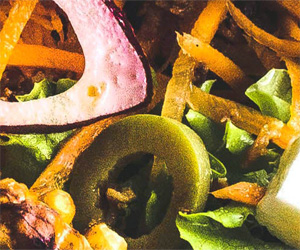 Learning And Growth: Kitchen experiments are an invaluable source of learning and growth in the world of cooking. They offer an opportunity to expand one's culinary skills and knowledge. Whether it's trying a new cooking method, experimenting with unusual ingredients, or attempting a complex recipe, these experiments push cooks to develop new techniques and broaden their culinary repertoire.
Learning And Growth: Kitchen experiments are an invaluable source of learning and growth in the world of cooking. They offer an opportunity to expand one's culinary skills and knowledge. Whether it's trying a new cooking method, experimenting with unusual ingredients, or attempting a complex recipe, these experiments push cooks to develop new techniques and broaden their culinary repertoire.
Culinary Innovation: Some of the most iconic dishes in the culinary world have been born out of kitchen experiments. Creative chefs who dared to experiment with their ingredients and techniques have given us classics like the chocolate lava cake, the Caesar salad, and even the sandwich. Innovation in the kitchen is often a result of daring to explore the unknown.
Flavor Exploration: Kitchen experiments are a gateway to the exciting world of flavor exploration. Trying out new ingredients, herbs, spices, and flavor combinations is an adventure for the palate. It's an opportunity to discover tastes that you might never have encountered otherwise. These flavor explorations can inspire new recipes and provide fresh ideas for cooking.
The Art Of Satisfying Palates
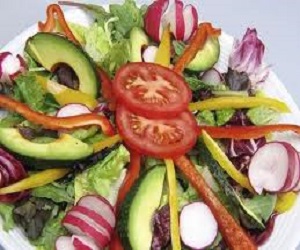 The Culinary Playground: The kitchen is a canvas, and tasty creations are the masterpieces. It's a space where culinary artists, from amateur home cooks to seasoned professionals, experiment with flavors, ingredients, and techniques to craft dishes that tantalize the taste buds and ignite the senses. Tasty creations are the result of imagination, innovation, and the passion for food.
The Culinary Playground: The kitchen is a canvas, and tasty creations are the masterpieces. It's a space where culinary artists, from amateur home cooks to seasoned professionals, experiment with flavors, ingredients, and techniques to craft dishes that tantalize the taste buds and ignite the senses. Tasty creations are the result of imagination, innovation, and the passion for food.
Flavorful Alchemy: At the heart of tasty creations lies the art of flavor alchemy. It's about understanding how different ingredients interact, the balance between sweet and savory, the harmony of contrasting textures, and the science behind seasoning. Each dish is a testament to the chef's ability to combine these elements in a way that surprises and delights.
Cultural Fusion: Tasty creations often draw inspiration from diverse culinary traditions. Exploring flavors from around the world adds a dimension of cultural fusion to these creations. The ability to blend the spices of India with the noodles of Thailand, or the cheeses of France with the bread of Italy, creates a global palate that is both exciting and delectable.